Origin of the Necktie: Exploring the 17th century Croatian Mercenaries and their influence on the French court leading to the adoption of the ‘cravate’.
Here’s a concise, sourced account of how a soldier’s neckcloth turned into the French cravate and (eventually) the modern necktie – as we know it today.
A Short version
— Croatian light cavalry (often called “Croats” or “Cravats”) in the 17th century wore distinctive knotted scarves around their necks while serving in various European armies. French observers at court acquired this look, and the French word cravate (from Croate = “Croat”) entered fashion vocabulary; from there, the style evolved into the cravat, then later the necktie.
More detail and timeline
- 17th-century context: During the Thirty Years’ War and related 17th-century conflicts, Croatian mercenary/light cavalry units were active across Europe; they sometimes served with or alongside French forces and were noted for their uniforms and neckcloths.
- How the name stuck: French speakers associated the style with those soldiers and called it a cravate — a corruption of the name Croate (Croat). Encyclopaedia Britannica summarizes this etymology and the direct link between the Croatian soldiers’ neckcloth and the term cravat.
- Court fashion → evolution: Once adopted at the French court, the neckband evolved through many styles (looser linen or muslin cravats, the Steinkirk knot after battles like Steenkerke, etc.) and gradually became the ancestor of later 18th–19th century neckwear and the modern necktie. Sources record both popularization at court and later stylistic developments.
Notes on uncertainties / variations in accounts
- Some popular accounts say Louis XIII noticed the Croats; other reputable references link the trend more generally to 17th-century French courts (Britannica references Louis XIV). Histories of fashion sometimes simplify or localize the story, so you’ll find slightly different attributions in different sources — but the consensus is, that the Croatian soldiers’ neckcloth inspired the French cravate and that the word itself derives from Croate.
The Evolution of Style: Tracing changes from the original cravats to neckties of the 19th century and their role in men’s fashion.
Here’s a detailed breakdown of how men’s neckwear evolved from the original cravat to the 19th-century necktie, along with its role in shaping men’s fashion.
Origins: The 17th-Century Cravat
- Croatian Mercenaries in France – During the Thirty Years’ War (1618–1648), Croatian soldiers serving in the French army wore striped or lace-trimmed cloths knotted at the neck.
- Adoption by the French Court – Louis XIV admired this look, calling it the cravate (after “Croat”), which became a fashionable statement among aristocrats.
- Early Style – Wide bands of linen or lace, wrapped around the neck and tied in elaborate bows or knots. They served both as decoration and as a status marker, reflecting the privilege of owning fine fabric with free time to care for it..
The 18th Century: Cravat Refinement
- Variation & Excess – By the Georgian era, men wore cravats in countless styles—some simple, others heavily starched and ruffled.
- The Macaroni Influence – Young, fashion-forward men exaggerated neckwear size and decoration, sometimes requiring neck stocks (rigid bands) to keep the cloth in shape.
- Practical Influence – Military uniforms kept simpler cravat forms—plain white or black, worn for tidiness and a martial edge.
Early 19th Century: The Regency Dandy
- Beau Brummell’s Revolution – In the 1810’s, Brummell simplified men’s fashion, replacing frills with crisp, precisely tied white linen cravats.
- The Art of the Tie – Cravat tying became a performance—manuals like Neckclothitania (1818) illustrated dozens of approved knots, such as the Oriental, Mathematical, and Barrel knot.
- Symbolism – A perfect cravat became the mark of a refined gentleman; it required skill, starch, and patience.
Mid-19th Century: From Cravat to Necktie
- Industrial Shift – As men’s daily lives became more business-oriented, neckwear evolved for practicality. Cravats became narrower and were tied with a small knot rather than extensively wrapped.
- The Birth of the Four-in-Hand – By the 1850s, the long, narrow necktie emerged, loosely based on carriage drivers’ easy-to-tie knots.
- Bow Tie Origins – Some shorter cravats were tied into a bow shape, creating the pioneer of the modern bow tie.
Late 19th Century: The Modern Necktie Emerges
- Mass Production – Advances in textile manufacturing allowed ties to be made in silk blends and patterned weaves, offering variety while keeping prices accessible.
- Standardization – The long tie became the default for daily wear, while bow ties remained for formal and evening attire.
- Role in Men’s Fashion – Neckties moved beyond mere utility—they became a personal style statement within otherwise conservative menswear, offering color and pattern in a world of dark suits.
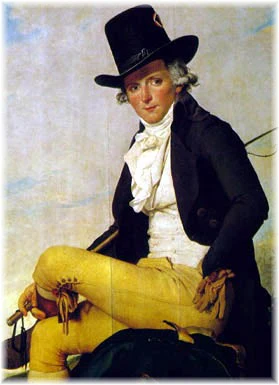
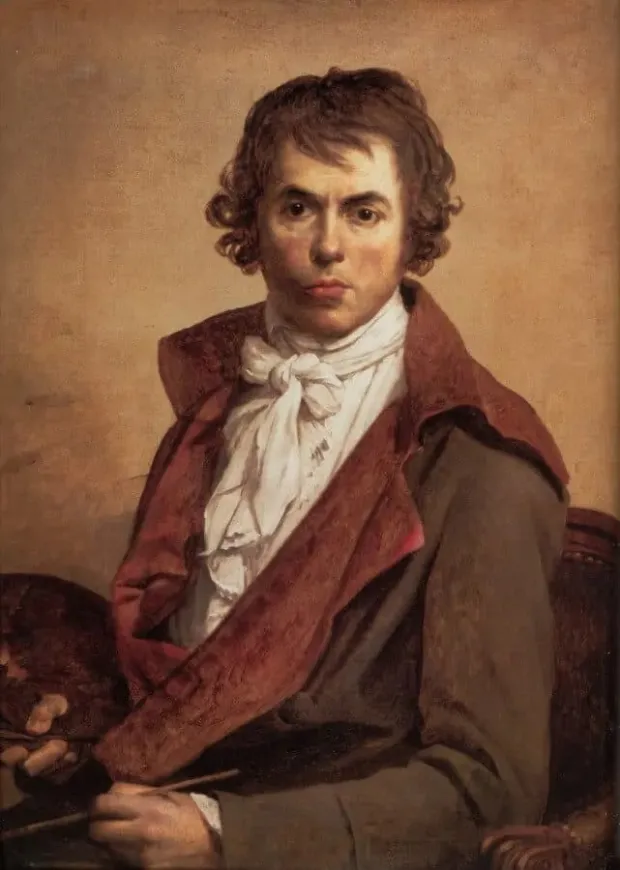
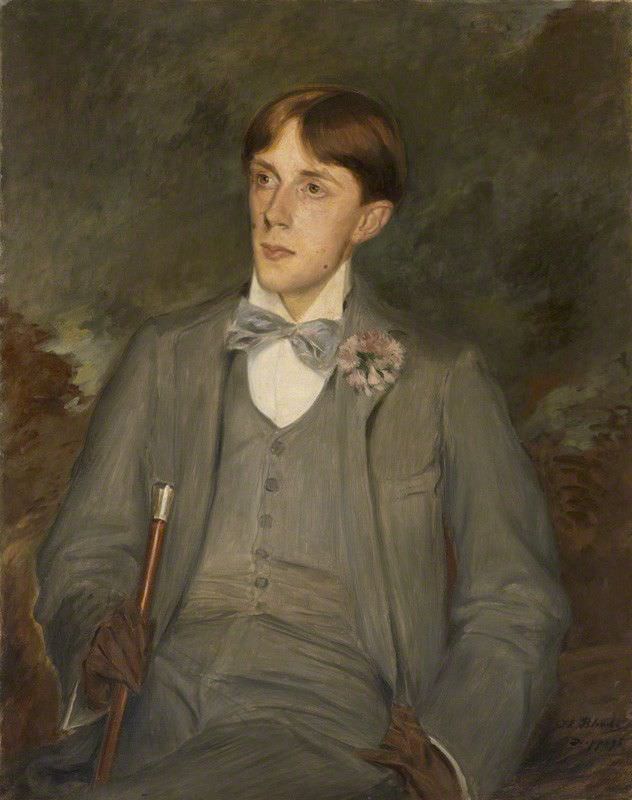
Why This Evolution Mattered
- From Status to Practicality – The cravat began as a mark of aristocratic leisure, evolved into a gentleman’s art form in the Regency, and by the late 1800s had become a practical yet expressive part of professional dress.
- Symbol of Modern Masculinity – The shift to simpler, streamlined ties paralleled the broader move toward sober, industrial-age menswear—discipline, efficiency, and understated elegance.
- Enduring Legacy – Today’s neckties still carry the DNA of the cravat, balancing tradition with personal style.
Cultural Significance: Understanding how neckties evolved into symbols of professionalism and authority across various cultures.
Here’s an actual breakdown of the cultural significance of neckties and how they became symbols of professionalism and authority:
Early Associations with Status and Identity
- 17th Century Croatia & France – The cravat (forerunner to the modern tie) was first worn by Croatian mercenaries and adopted by the French aristocracy. In Louis XIV’s court, it became a sign of refinement and high social standing.
- Symbolism: At this stage, neckwear marked class, allegiance, and taste rather than occupation.
The Industrial Revolution and the Rise of Professional Dress
- 19th Century Britain – As business culture expanded, the necktie became part of the “uniform” for office workers, bankers, and lawyers.
- Reason: A neat, consistent style signaled discipline and respectability in rapidly growing urban economies.
- Effect: The tie evolved from aristocratic fashion to a symbol of middle-class professionalism.
Military Influence on Authority Symbolism
- Military uniforms often incorporated cravats, neck scarves, or ties, especially for officers.
- This military link reinforced the association between neckwear and hierarchy, order, and leadership—values that later carried over into civilian workplaces.
20th Century: Global Adoption
- Western Influence – Colonization, trade, and motion picture films showcased the “suit and tie” as a global standard of business attire.
- Local Adaptations:
- Japan: Adopted the tie in the Meiji era as part of modernizing reforms, integrating it into the image of educated, Western-trained professionals.
- India: British colonial administrators popularized it, making the tie a marker of elite education and bureaucratic authority.
- Africa: Ties became common in post-independence governments, symbolizing modern leadership and international diplomacy.
Cultural Meaning Today
- Professionalism: In many cultures, a tie signals planning, seriousness, and respect for formal occasions.
- Authority: Leaders—whether corporate executives, politicians, or diplomats—often wear ties to convey control, confidence, and trustworthiness.
- Tradition vs. Change: While some industries are moving toward more casual dress codes, ties still retain symbolic power in law, politics, and ceremonial contexts.
Variations in Symbolism Across Cultures
- United States & UK: Ties strongly linked to corporate professionalism and political leadership.
- Japan: Wearing a tie still reflects group loyalty and dedication to the company.
- Latin America: Brightly colored or patterned ties often express personal flair while still signaling respectability.
- Middle East: In some regions, ties are avoided for cultural or political reasons, associated with Western colonial influence.
The Advent of the Modern Necktie: Reviewing the transitions brought by designers like Jesse Langsdorf in the 1920’s.
Below is a concise review of the history of major technical and cultural shifts in neckwear that came out of the 1920s, centered on Jesse Langsdorf’s contribution and its ripple effects.
The Langsdorf Moment: what he did (and when)
Jesse Emil Langsdorf, a New York tailor, is credited with inventing what we now call the modern necktie. He filed a patent in the early 1920’s for a new method of constructing ties that fixed several persistent problems (twisting, poor drape, and loss of shape). Sources record the innovation being developed and patented during the period of 1922–1924.
The technical shift — bias cut + multi-piece construction
Langsdorf’s essential innovation was to cut the silk on the bias (about a 45° angle to the grain) and make the tie from multiple pieces sewn together (often described as three segments). Cutting on the bias gives the fabric controlled stretch and elasticity; stitching the segments and facing them produced a triangular, stable tip and a tie that would hang evenly, resist curling, and “spring back” after wear. These construction choices are the mechanical reason modern ties look and behave the way they do.
Practical effects on fit, function and manufacture
Because bias-cut, multi-piece ties hold their shape and drape better, they:
- tie more predictably (knots sit neater),
- resist permanent wrinkling and curling,
- wear more evenly at the tip and edges,
- and became easier to mass-manufacture with consistent results.
That reliability helped the necktie transition from a bespoke accessory to a standard element of everyday male office dress.
As an affiliate - I may receive a small commission when you click on a link to purchase through this site
Cultural consequences in the 1920’s and following
Langsdorf’s construction locked in a silhouette and behaviour for the tie that designers and manufacturers could iterate on (widths, patterns, linings, knot styles), helping the tie move from occasional formality toward standard daily wear through mid-century. The modern “Langsdorf” tie also made it simpler for new knots and styles to spread since the basic piece behaved predictably — a structural standard that underpinned later stylistic cycles (skinny 1950’s ties, very wide 1970’s ties, etc.). Cultural histories note that what we consider “the tie” as an object is largely the Langsdorf form.
Why this matters to fashion history
Langsdorf’s change is a great example of how a technical/industrial tweak (cutting grain and seam construction) can reshape aesthetics and social practice. A small manufacturing innovation changed: what knots looked like, how ties were worn daily, how designers experimented with proportions, and how mass dress codes standardized male appearance in the 20th century.
Functionality and Aesthetic: Discussing the dual role of neckties as functional accessories and fashion statements.
Neckties occupy an interesting place in fashion history because they’ve always had a dual identity—part functional accessory, part visual statement—and the balance between the two has shifted over time.
Functionality
- Origins in practicality
The earliest neckwear—such as the 17th-century Croatian cravat—was worn to keep the neck warm, protect the shirt from soiling, or fasten parts of the clothing together. - Uniform and identification
Military cravats and regimental ties served to signal rank, allegiance, or unit membership. The colors and patterns acted as identifiers, much like heraldic symbols. - Professional dress code
In the modern workplace, ties have functioned less as physical tools and more as symbols of professionalism, discipline, and respect for formal occasions. They convey adherence to a dress standard, which is itself a “functional” social tool.
Aesthetic Appeal
- Color, pattern, and fabric
Ties offer one of the few areas in traditionally conservative menswear where boldness and personal taste can shine—whether through silk sheen, geometric patterns, paisley swirls, or novelty prints. - Framing the face
Because they sit at the center of the chest, directly beneath the chin, ties draw the eye upward toward the wearer’s face. This makes them an important element in balancing proportions and enhancing presence. - Style evolution
From the wide, short ties of the 1940’s to the slim, minimalist ties of the 1960’s, their width, knot size, and length have moved with broader style trends, making them a barometer of fashion eras.
The Modern Dual Role
- Function redefined
Today, the “function” of a tie is less about physical utility and more about what it communicates. Wearing a tie can signal authority, creativity, or irony, depending on the style and context. - Aesthetic flexibility
Contemporary designers play with unconventional fabrics, asymmetrical shapes, or even tie-less suiting, challenging the necessity of the tie while celebrating it as an expressive accessory.
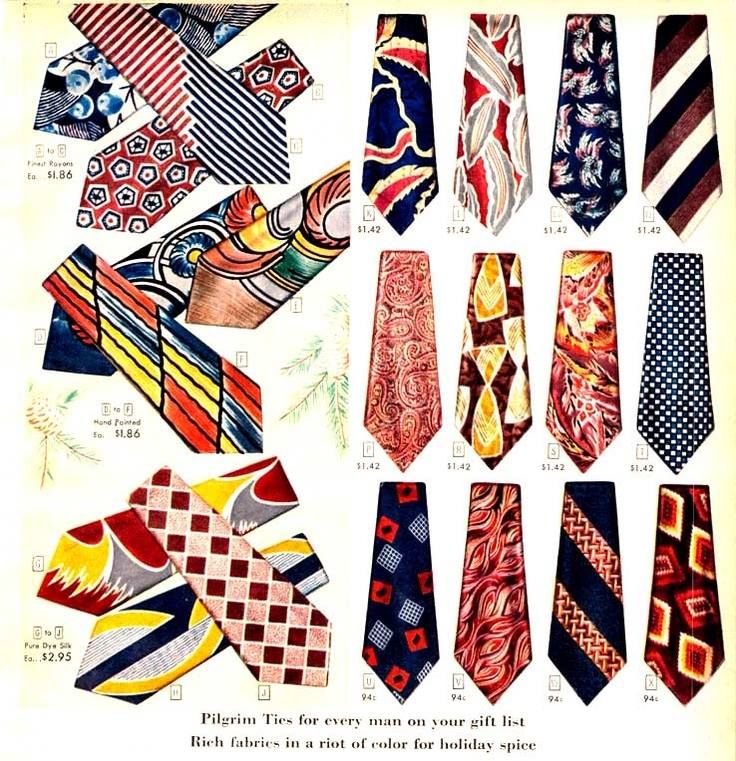
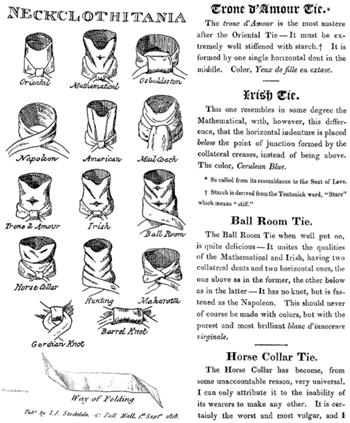
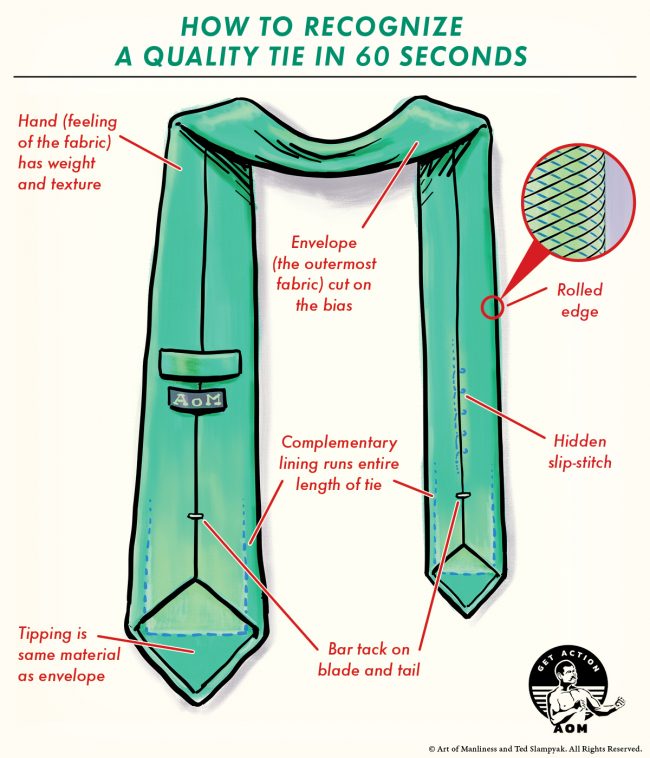
Popularity and Persistence: Examining why neckties have endured in men’s wardrobes despite changing fashion trends.
The necktie has survived centuries of evolving fashion because it blends tradition, symbolism, and adaptability—qualities that keep it relevant even when trends shift. Its persistence can be understood through several intertwined factors:
Symbol of Professionalism and Authority
- Cultural Expectation: In business, law, politics, and formal events, a tie is still seen as a sign of respect and sobriety. Formal bowties are located online at Amazon today – buy yours here.
- Dress Codes: Many workplaces and ceremonial settings maintain tie requirements, preserving its role as a visual shorthand for competence and formality.
Versatility and Style Adaptation
- Changing Widths & Patterns: The tie has adjusted to the times—narrow in the 1960’s, bold in the 1970’s, minimalist in the 2010’s—without losing its core form.
- Expression Within Boundaries: Unlike a full outfit overhaul, a tie can add color, texture, or personality while staying within conservative dress norms.
Tradition and Ritual
- Generational Continuity: Many men wear ties for significant life events—graduations, weddings, funerals—often seeing them as rites of passage. Striking formal bow ties are located online at Etsy – find them here.
- Cultural Identity: Some ties, like regimental or club ties, carry heritage and group affiliation, deepening their personal significance.
Psychological Impact
- “Enclothed Cognition”: Wearing a tie can boost the wearer’s confidence and influence how others perceive them—sharper, more competent, and trustworthy.
- Uniform Advantage: For many, it’s an easy way to look “put together” without overthinking the rest of the outfit.
Resistance to Casualization
- Even as workplaces adopt more casual dress codes, the tie remains a quick route to elevate an outfit, making it valuable for special occasions and first impressions, such as in auditions.
- Its rarity in casual settings now makes it more distinctive, giving it a subtle prestige as a mark of intentional dressing.
In short: The necktie has endured because it’s more than just fabric—it’s a wearable tradition, a tool for self-expression, and a symbol of respect that adapts without losing its identity.
The Necktie in Contemporary Fashion: Analyzing current trends in necktie styles and their role in personal expression.
Below is a small, evidence-backed read on what’s happening with neckties in contemporary fashion (what’s trending, why it matters for self-expression, and quick styling notes you can use). I’ll cite the most important sources so you can follow up.
Quick summary
Neckties have made a serious comeback since 2024 and into 2025 — not just in menswear but across womenswear and street style. They’re being used as gender-fluid accessories, as playful/novelty statements, and as a way to signal vintage/sustainable taste or tailored elegance. GQThe GuardianVogue There are some options of necktie cravats to consider here.
Key trends (what to notice)
- Runway → street revival
High-profile shows (Saint Laurent, Prada, etc.) and Paris Fashion Week helped reintroduce ties as a visible accessory, pushing them from boardrooms into mainstream styling. Expect ties paired with oversized suiting and 1980s-referencing silhouettes. Who What WearGentleman’s Journal - Gender-fluid and womenswear adoption
Women and Gen Z are rediscovering the tie as a tool to challenge gendered dress codes — worn with suits, blouses, or even casual denim to signal androgyny, power, or vintage cool. Celeb examples and press coverage emphasize this cross-gender spread. The GuardianVogue - Widths & shapes: classic returns + playful variation
The pendulum is swinging back toward standard/classic widths after skinny-tie dominance, but designers also play with oversized, short, and novelty shapes — so you’ll see both tasteful silk ties and eccentric, sculptural pieces. tiebenon.comVogue - Material & texture experimentation
Knit ties, satin, grosgrain, and textured weaves are popular. Sustainability and vintage sourcing are also influencing choices — people buy secondhand or choose natural/traceable fabrics to add stories to their accessory. seteriemosconi.comMade-in-China.com - Novelty & personal storytelling
Whimsical and statement ties (quirky prints, shaped ties, bold motifs) have entered workplaces and red carpets alike — a deliberate move to use ties as personality markers rather than uniform staples. VogueGQ
Why ties are a useful tool for personal expression
- Compact signal: A single small item (color, knot, fabric) conveys a lot — professionalism, rebelliousness, humor, nostalgia.
- Layered meaning: Wearing an unexpected tie (e.g., a silk tie with a denim jacket) creates tension that reads as intentional and stylish.
- Customizability: Ties are easy to personalize (pins, knots, length, vintage pieces), which makes them ideal for storytelling and identity play.
Practical styling tips (fast)
- Want classic: choose a standard-width silk tie in a muted palette (earth tones, slate, rust). Pair with a well-fitted blazer and simple shirt. tiebenon.com Classic styles available today through Etsy online.
- Want playful: go novelty — unusual prints, shaped ties, or a bright knit. Keep the rest of the outfit simple so the tie reads clearly. Vogue Novelty or playful styles are calling here at Amazon right now.
- Want gender-fluid / androgynous: oversized suit + narrow or classic tie tied loosely, or tie as chokelike accessory over a buttoned shirt. The Guardian Men’s androgynous look ties available here – learn more today.
- Vintage/sustainable route: hunt secondhand for unique 1970s/80s ties or pick small brands using traceable fabrics — the provenance itself becomes part of the expression. seteriemosconi.com Preloved men’s ties can be found online at Etsy today – learn more here.
What this means culturally
Ties are shifting from “uniform” to “voice.” They’re no longer just compliance wear for workplaces — they’re a micro-canvas for identity. The trend’s momentum is driven by runway endorsement, celebrity moments, and social platforms where small visual cues spread quickly. Who What WearGQ
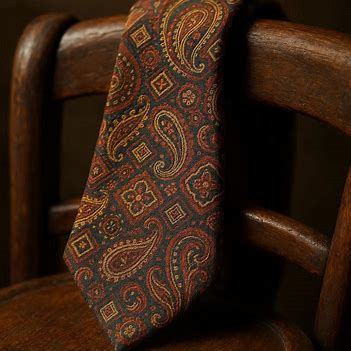
Thanks for reading my post on men’s neckties, it just goes to show that the humble tie still makes an impression in society today.
Please leave a message below if you wish to do so, or follow us on our socials here:
https://www.facebook.com/vintageclothesandaccessoriesaustralia

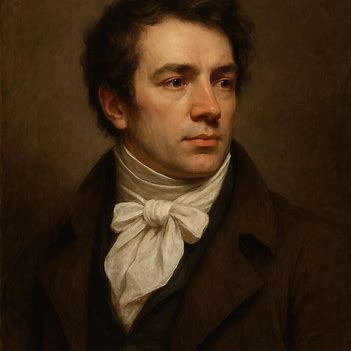
The history of the necktie is fascinating because it shows how something that began with a practical or symbolic purpose evolved into a global fashion staple. It’s interesting to think about how such a small accessory can signal status, personality, or even rebellion, depending on how it’s worn. Personally, I see the necktie as more than just formal wear; it feels like a cultural marker that changes meaning over time. I wonder if its popularity will continue in modern fashion, especially as workplaces grow more casual, or if it will eventually become more of a vintage statement piece than an everyday accessory.
Thanks for your comments Slavisa, yes you have a point – whether the necktie will continue in the future or not? I think corporate businesses still wear them as a symbol of authority and status, but also as a polished look and indeed for formal attire. But generally the casual look is more popular these days as men prefer the freedom of open shirts without the constraits of a necktie. It will still remain a favourite for those looking for a vintage look.
regards Helen.